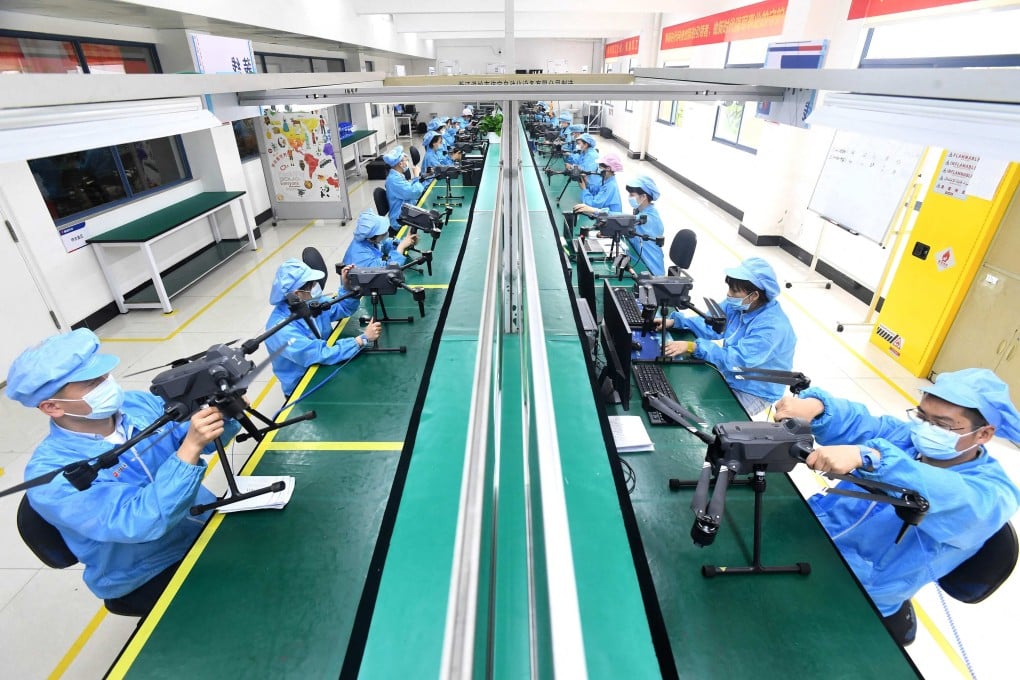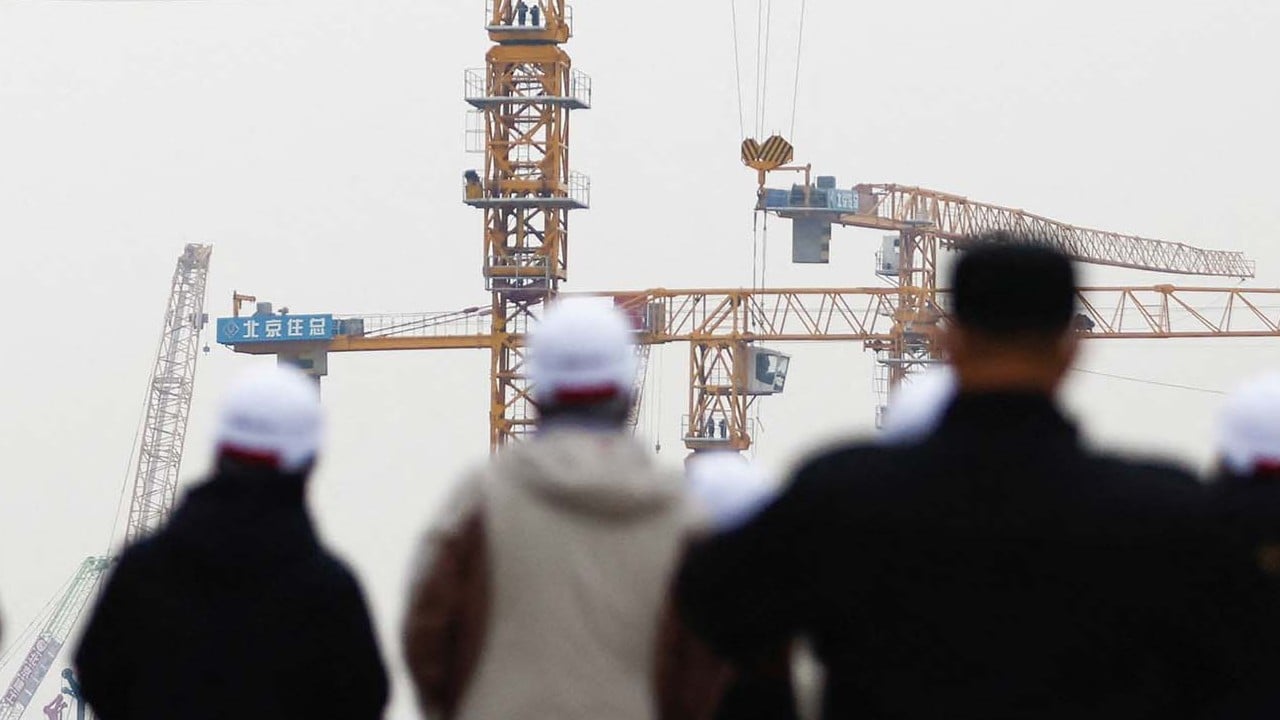Advertisement
Macroscope | China has abandoned the illusion that high growth can be maintained indefinitely. That’s the right way forward
- China’s slowing GDP is a reflection of a new policy approach after years of a growth-first mindset
- It will continue to reap the benefits of the shift to focus on job creation, which is more conducive to the implementation of structural reforms and the adoption of new technologies
Reading Time:4 minutes
Why you can trust SCMP
4

After Chinese GDP grew by only 3 per cent in 2022, one would have expected the government to set a growth target of at least 6 per cent for this year. In fact, virtually no market forecast projects a lower rate. Yet, at last month’s National People’s Congress, outgoing premier Li Keqiang revealed in his final government work report that Beijing was aiming for growth of about 5 per cent, the lowest target of his tenure.
Advertisement
Under former premier Wen Jiabao, from 2003 to 2013, China maintained an official growth target of 8 per cent. But in his final government work report, Wen lowered the target for the first time, by 0.5 percentage points. The reason was obvious: Wen wanted to help cool the then-overheated economy. Surprisingly, Wen’s successor Li effectively treated 7.5 per cent as a ceiling for growth during his 10-year term.
In fact, since 2014, Li consistently revised China’s growth target half a point downwards from the previous year’s target, whether through a categorical adjustment or the introduction of a lower range. With GDP growth repeatedly falling short of the official target, one cannot help but assume this was a response to the economy’s actual performance. If existing targets are not being met, why would the government raise them?
In the past three decades, growth targets have, to some extent, become a self-fulfilling prophecy. From 1993 to 2013, the central government’s growth target was practically interpreted as an indication of what it hoped for. That’s why the actual rate of growth was much higher than the government targets.
Yes, there were structural forces working in China’s favour. Local governments faced political incentives to implement their growth strategies – including fixed-asset investment and industrial planning – to meet Beijing’s priorities and expectations.
Just as rising growth targets encourage local governments to pursue growth more aggressively, falling targets can discourage such efforts, leading to lower growth rates that in turn spur the government to reduce targets further, causing a downward spiral. This makes it difficult to estimate China’s potential rate of growth, which is supposed to be what anchors economic policy. Why did that happen?

Advertisement

